Extreme E
A Race to Save the Planet
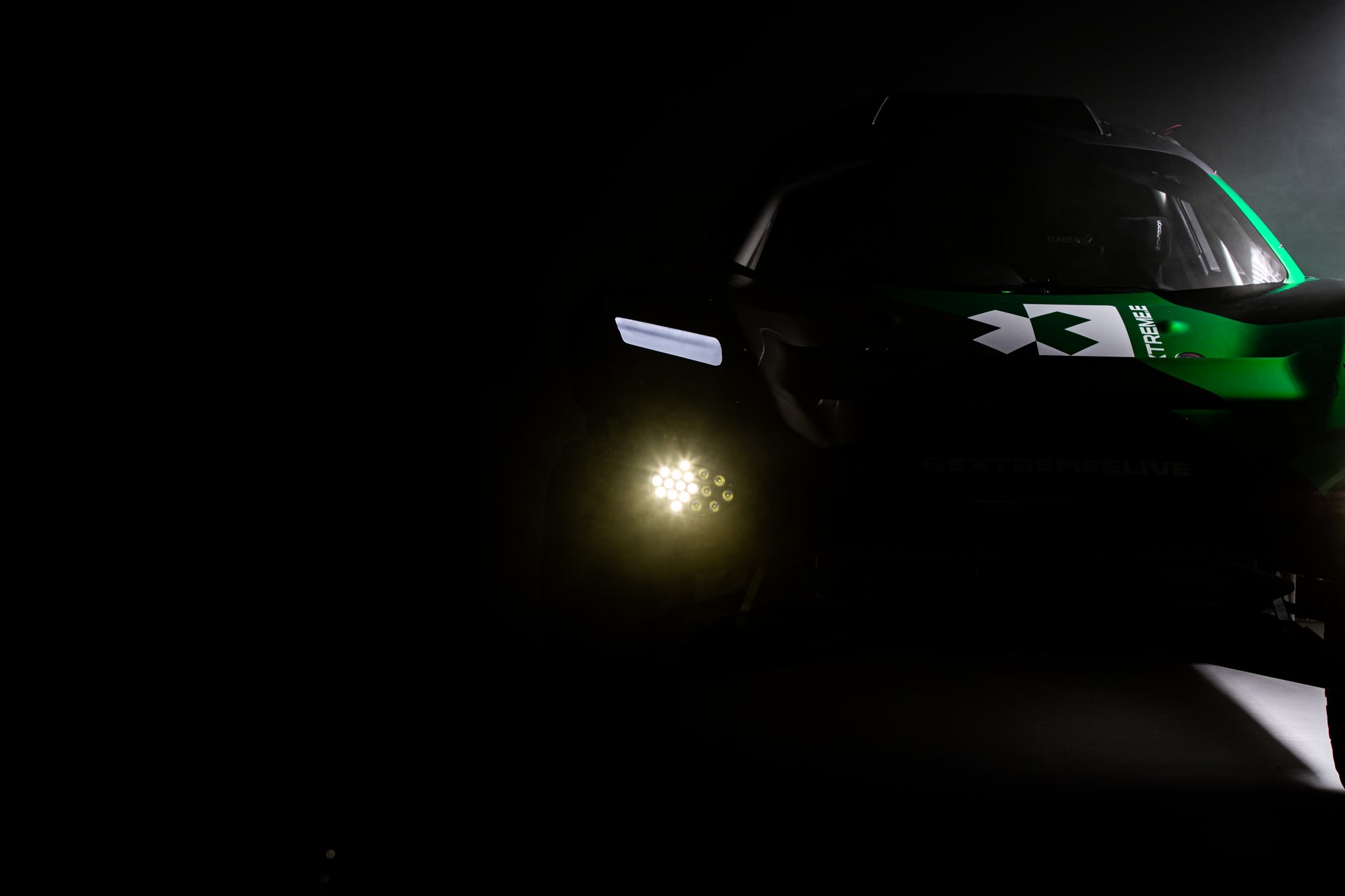
A set of 10 teams from Asia, Europe and North America. An all-star line-up of 20 drivers from all motorsport disciplines. SUVs using 550 horsepower to go from 0 to 60 mph in 4.5 seconds and attain a top speed of 125 mph on even the roughest of terrain. A five-event rallying series taking in a range of international locations.
It might not sound like the ideal formula to tackle climate change. But when businessman and former politician Alejandro Agag sat down with veteran driver Gil de Ferran in late 2018 and came up with the idea of Extreme E, it’s the exact formula that the pair envisioned.
Agag was already responsible for Formula E, the electric (in all senses of the word) upstart rival to Formula 1 which is now recognised with world championship status by motorsport’s governing body, the FIA. However, the creation of its off-road counterpart was something altogether more challenging.
That’s because the teams and drivers are as committed to environmental responsibility and sustainability as Extreme E’s founders, the SUVs are 100 per cent electric and charged using innovative, emission-less hydrogen fuel cell technology, and the international locations are some of the most vulnerable to the impact of climate change on the planet.
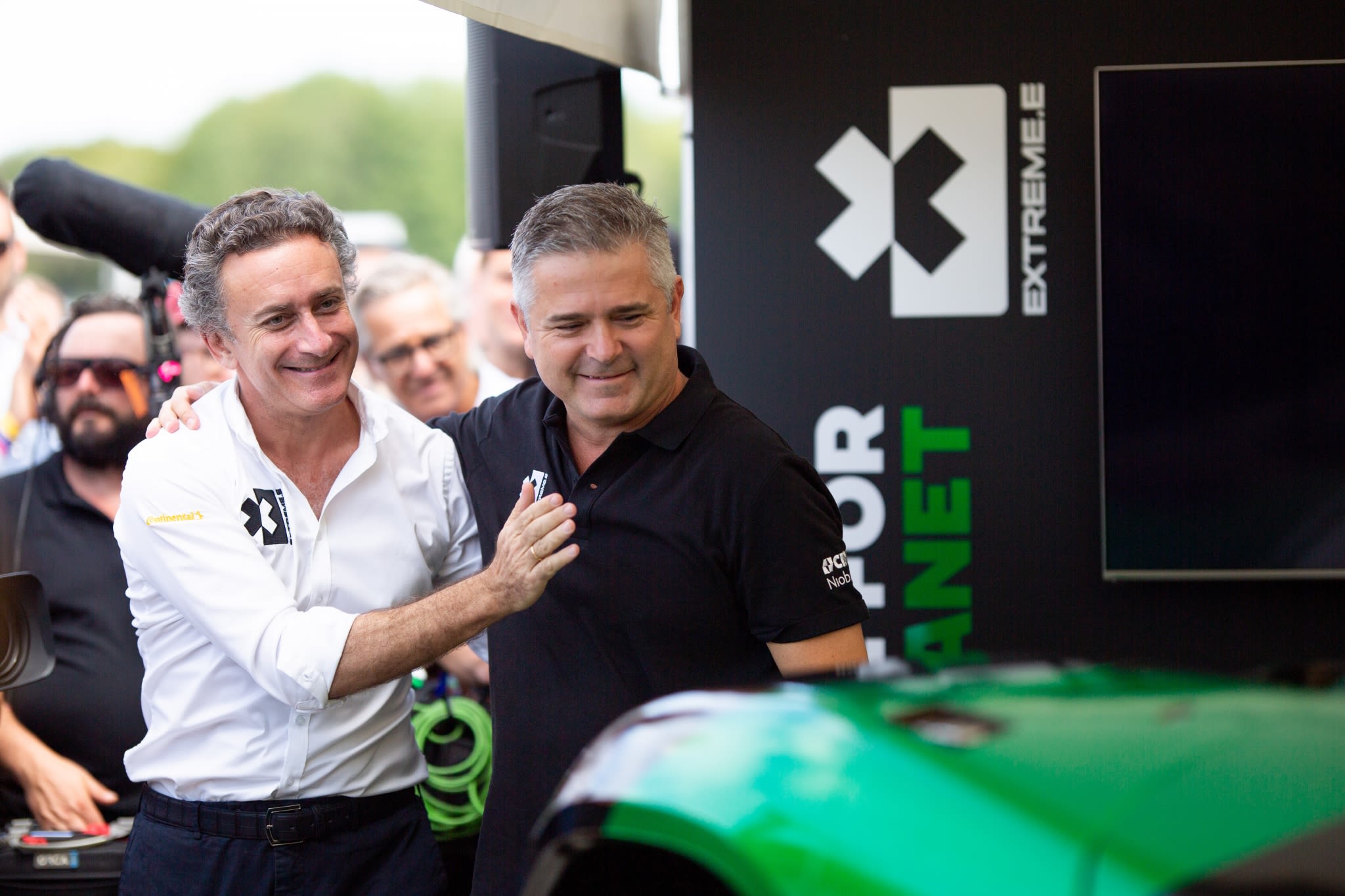
© Shiv Gohil / Spacesuit Media
© Shiv Gohil / Spacesuit Media
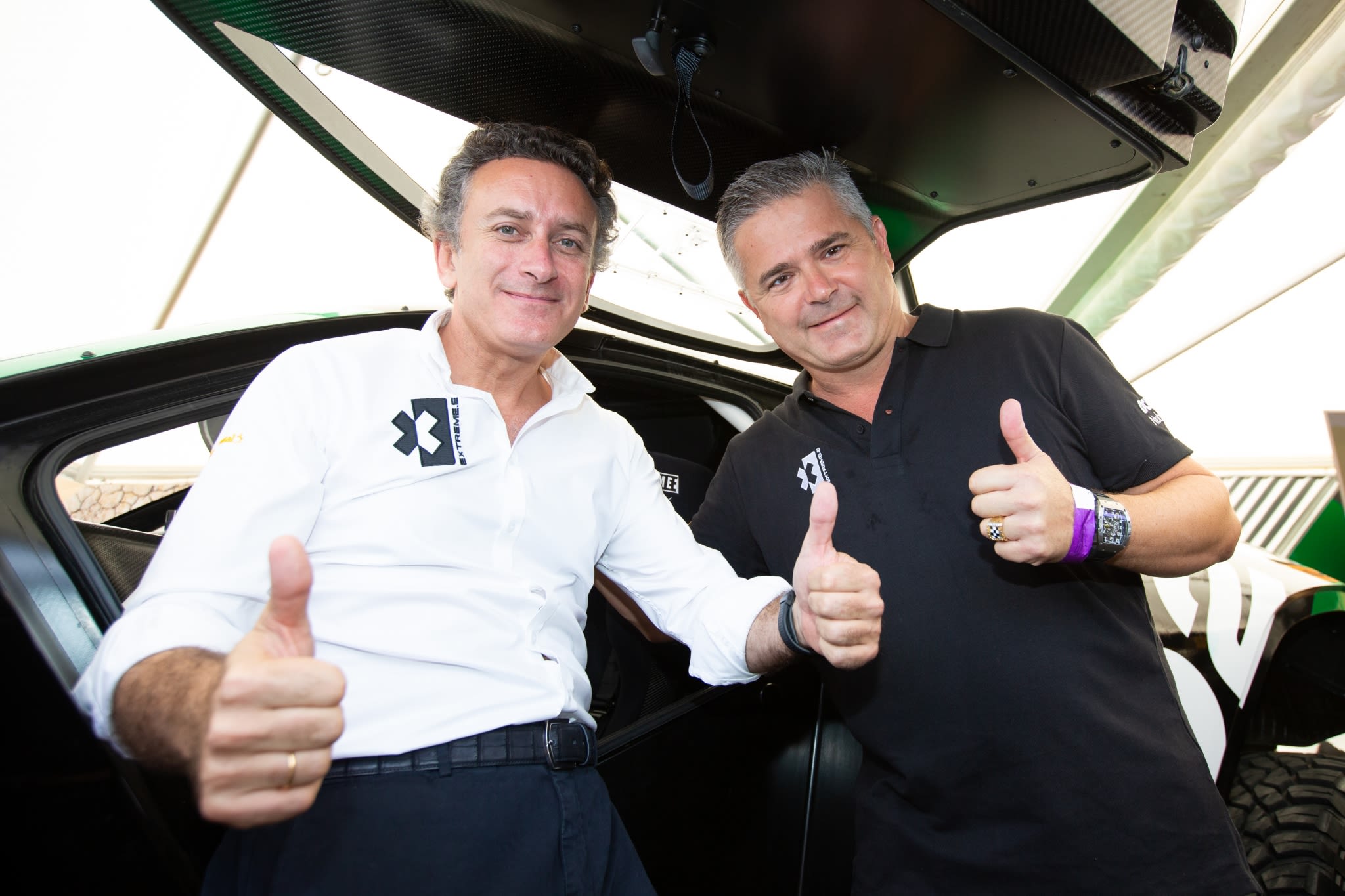
© Shiv Gohil / Spacesuit Media
© Shiv Gohil / Spacesuit Media
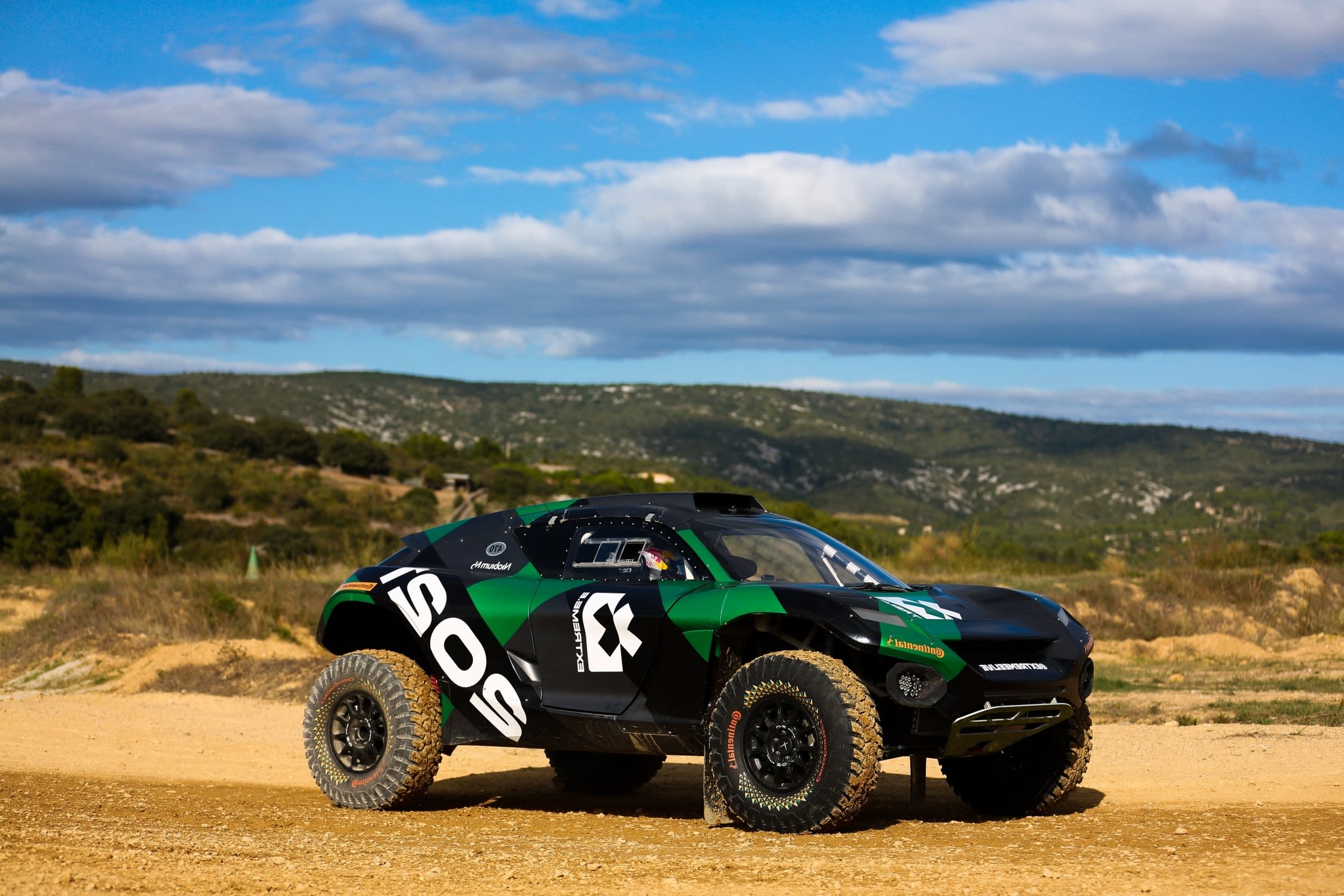
© Shiv Gohil / Spacesuit Media
© Shiv Gohil / Spacesuit Media
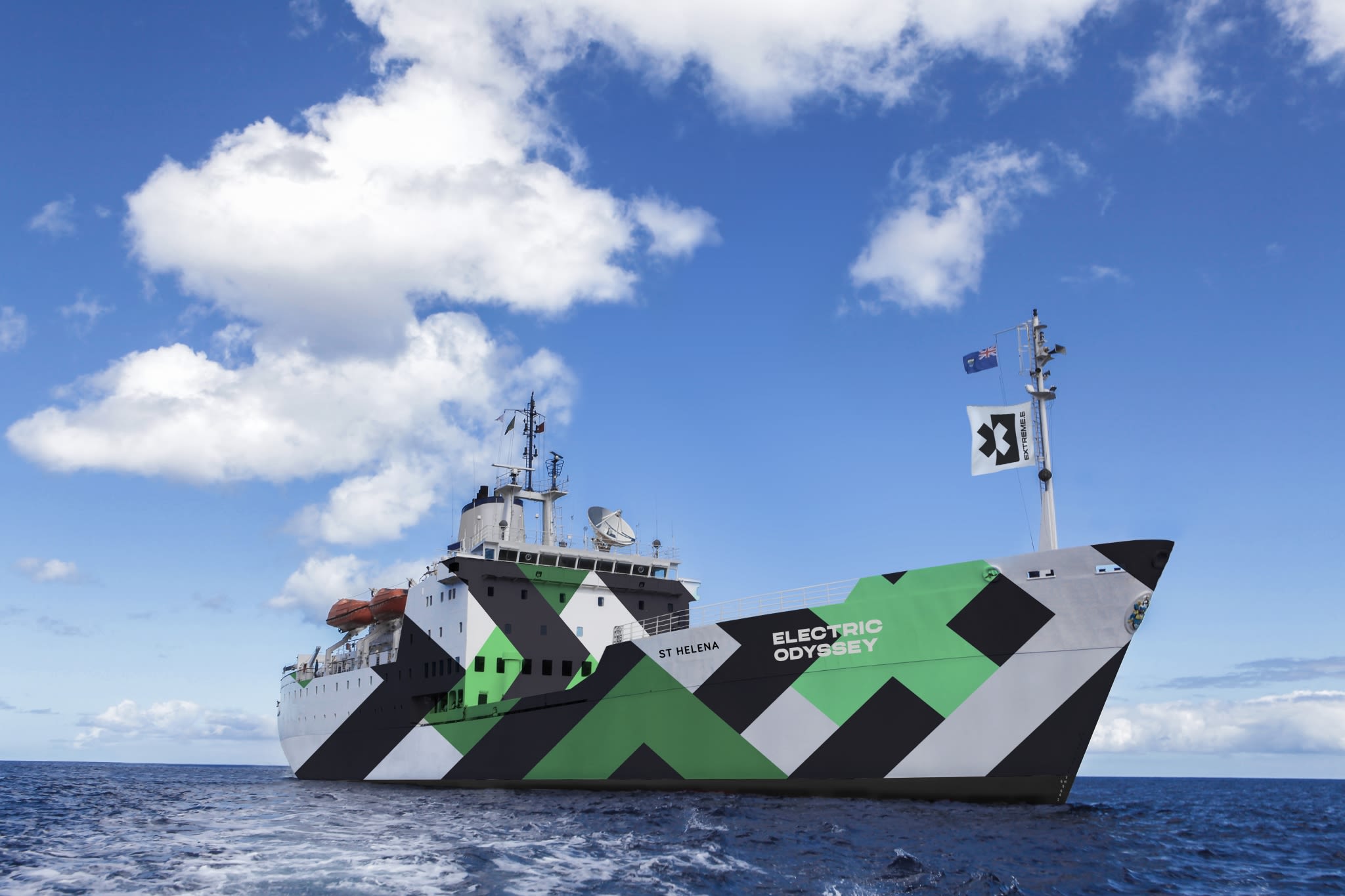
© Shiv Gohil / Spacesuit Media
© Shiv Gohil / Spacesuit Media
“With approximately 30 per cent of global carbon emissions coming from transport, and more people watching sport than science documentaries, we believe the motorsport industry can play an influential role in the change of perception of electric mobility,” says Agag, who now oversees Extreme E as CEO.
“Our goal is to accelerate the adoption of electric mobility over combustion counterparts for a healthier future planet.”
In other words, Agag wants Extreme E to showcase what electric vehicles can do and so speed up the rate of their development and usage. But if not the vehicles themselves, surely the logistical task of moving and maintaining them generates enough emissions to make a mockery of Extreme E’s environmental message? Unsurprisingly, Agag has thought of this as well.
The task of transporting the SUVs and all of the necessary equipment falls to the RMS St Helena. Although not itself electric, the vessel which used to bring cargo and passengers to and from its island namesake in the South Atlantic has been modernised to limit its emissions. What emissions it does generate are to be offset by way of investment into environmental projects.
And while Agag acknowledges that the need to have people on-site will increase Extreme E’s carbon footprint, his aim is to mitigate this by keeping the number of team members to a minimum and the number of fans to, well, zero.
“Depending on the type and location of an event, fans can represent 20 to 50 per cent of the total footprint once you consider transport, food and beverage and merchandising,” he explains.
“We believe sport is an impactful tool to engage mass global audiences and we want to be a showcase for how organisations can do this whilst making every effort to lower their carbon footprints and advocate for others to do the same.”
Add to this a remote broadcasting operation which will use satellites to do the bulk of its work from a studio in London, and Extreme E’s claim of carbon neutrality is starting to sound like a convincing one.
However, the fight against climate change isn’t the only one to be advanced by Extreme E. The fight for gender equality in motorsport is getting a boost as well. All of the teams are made up of one male and one female driver, and the format of each event ensures men and women will go head-to-head on equal footing.
So if you’ve ever wanted to see one-time Formula 1 champion Jenson Button go tyre-to-tyre with reigning W Series champion Jamie Chadwick in almost identical vehicles, Extreme E is one to watch. The British duo are only the start of a field as impressive as it is varied, including rallying legends Sébastien Loeb and Carlos Sainz Sr, veteran endurance driver Claudia Hürtgen and superstar trial biker Laia Sanz. And that’s not to mention a couple of team owners who go by the names of Lewis Hamilton and Nico Rosberg.
Sadly, what this field possesses in gender diversity, it lacks in ethnic diversity, although Agag insists the issue is at the forefront of his mind.
“Extreme E is 100 per cent committed to equality in all its forms and is working to ensure minorities are represented throughout the championship, which includes engineers and mechanics,” he explains.
“Although none of our drivers represent ethnic minorities yet, we hope this is something that naturally happens in the future as motorsport becomes more diverse.”
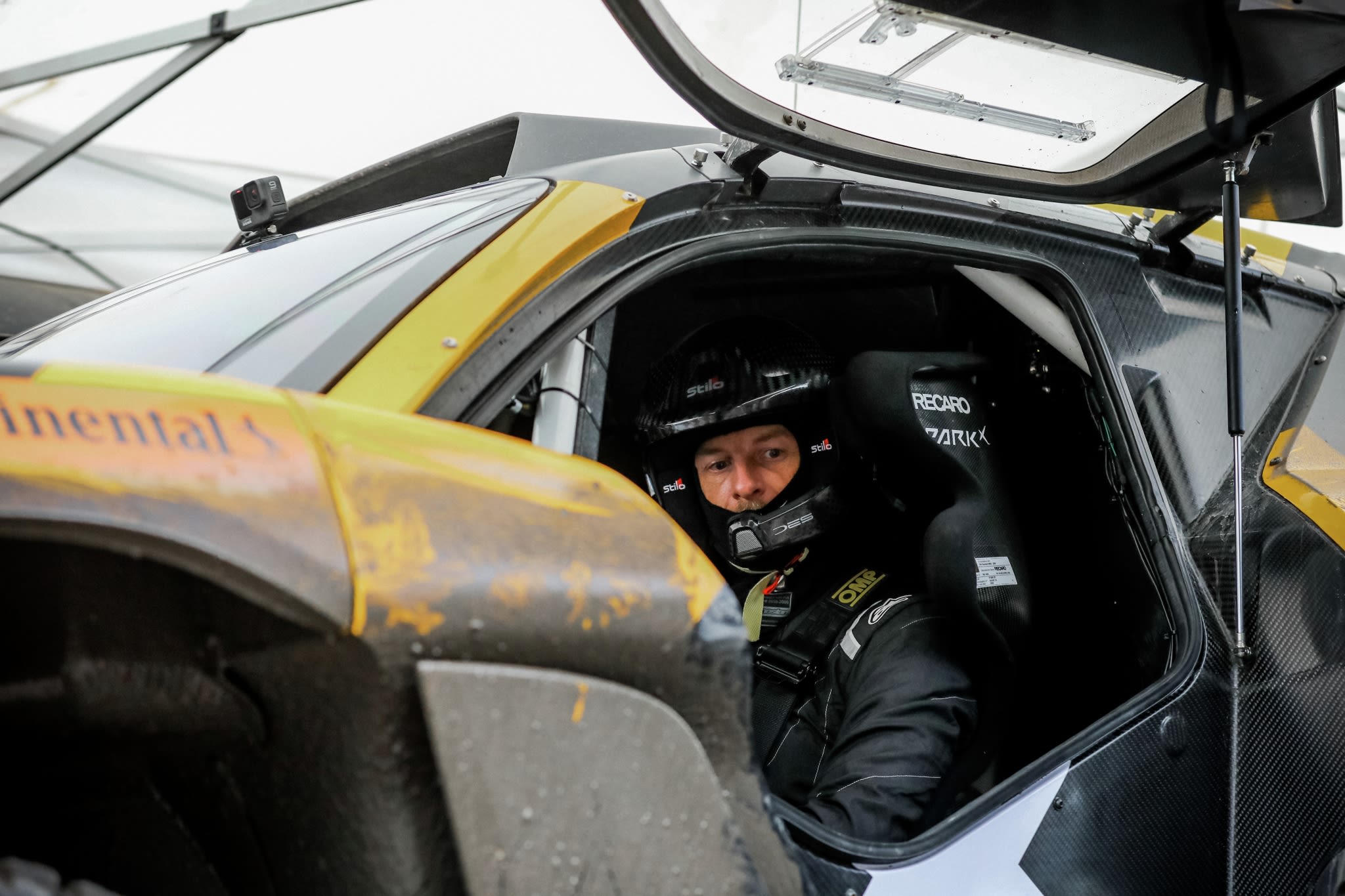
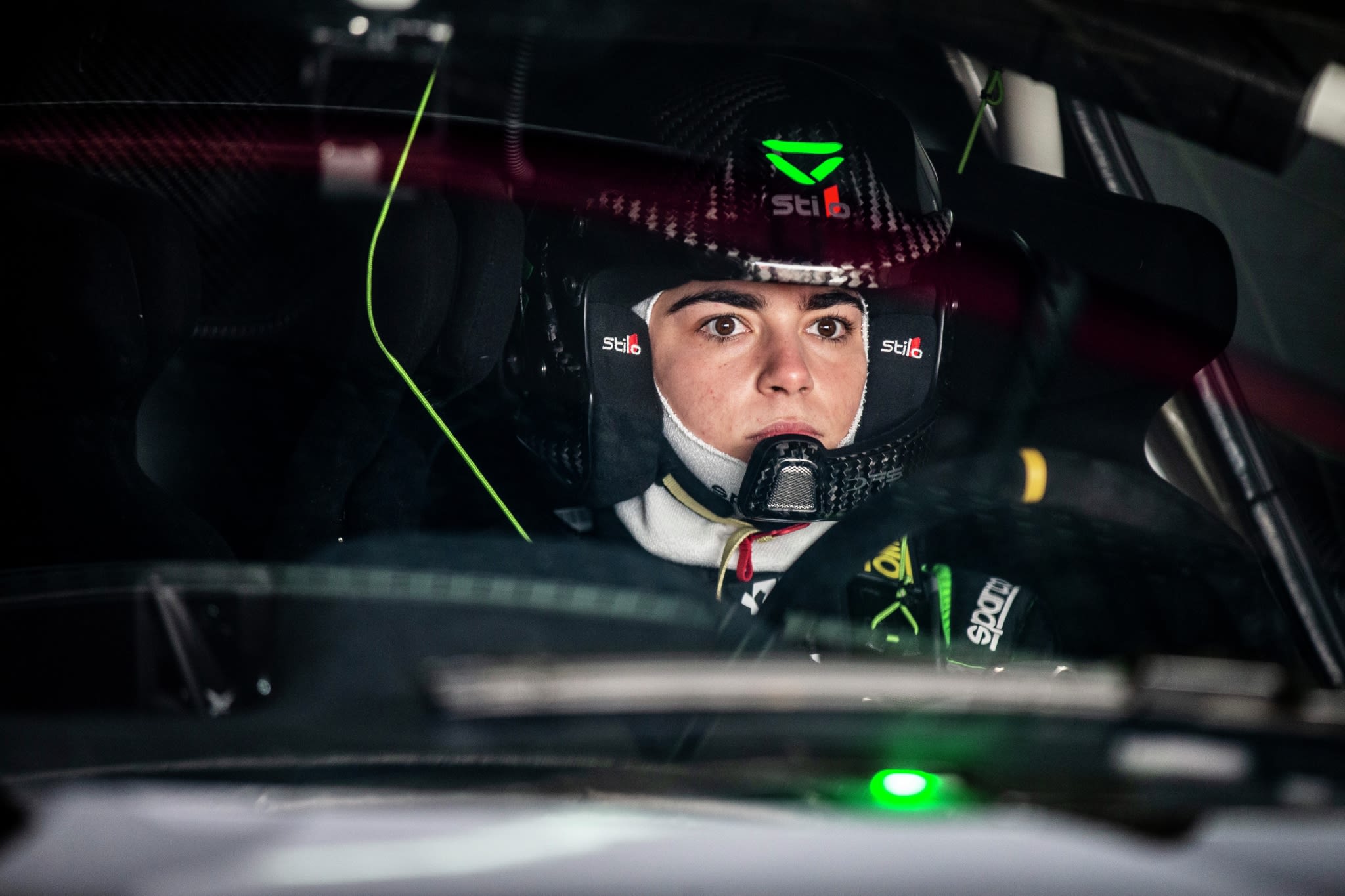
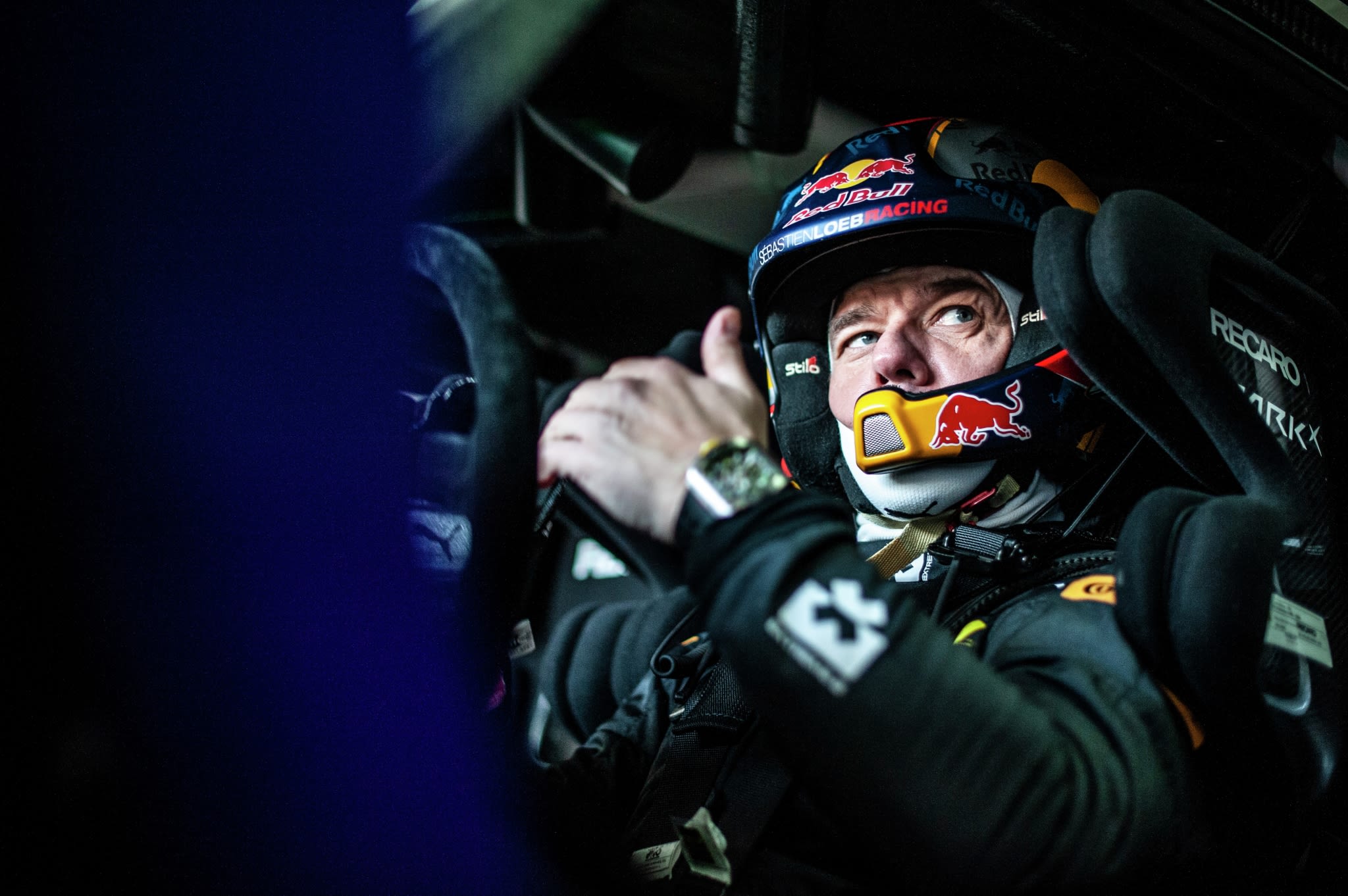
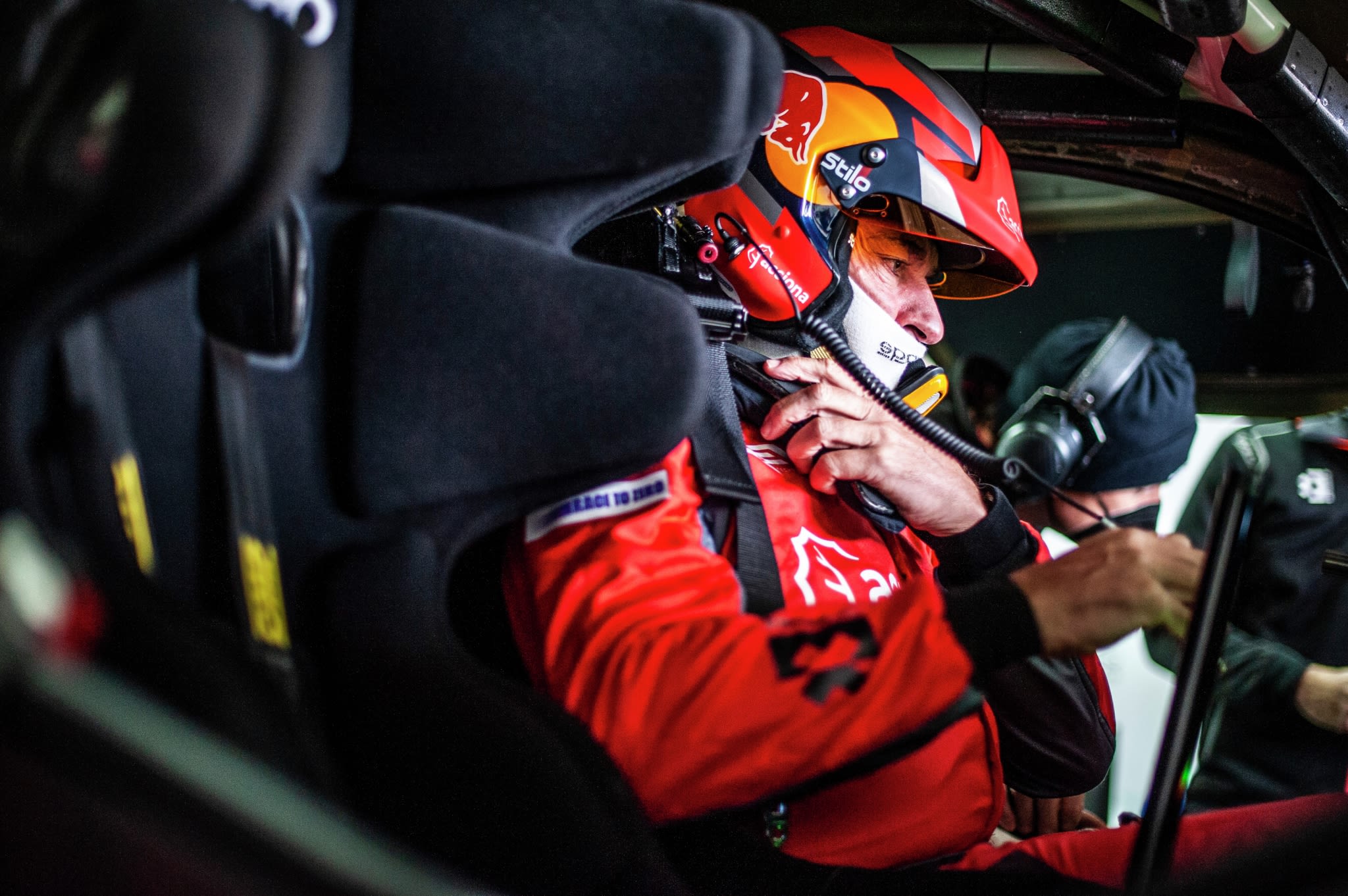
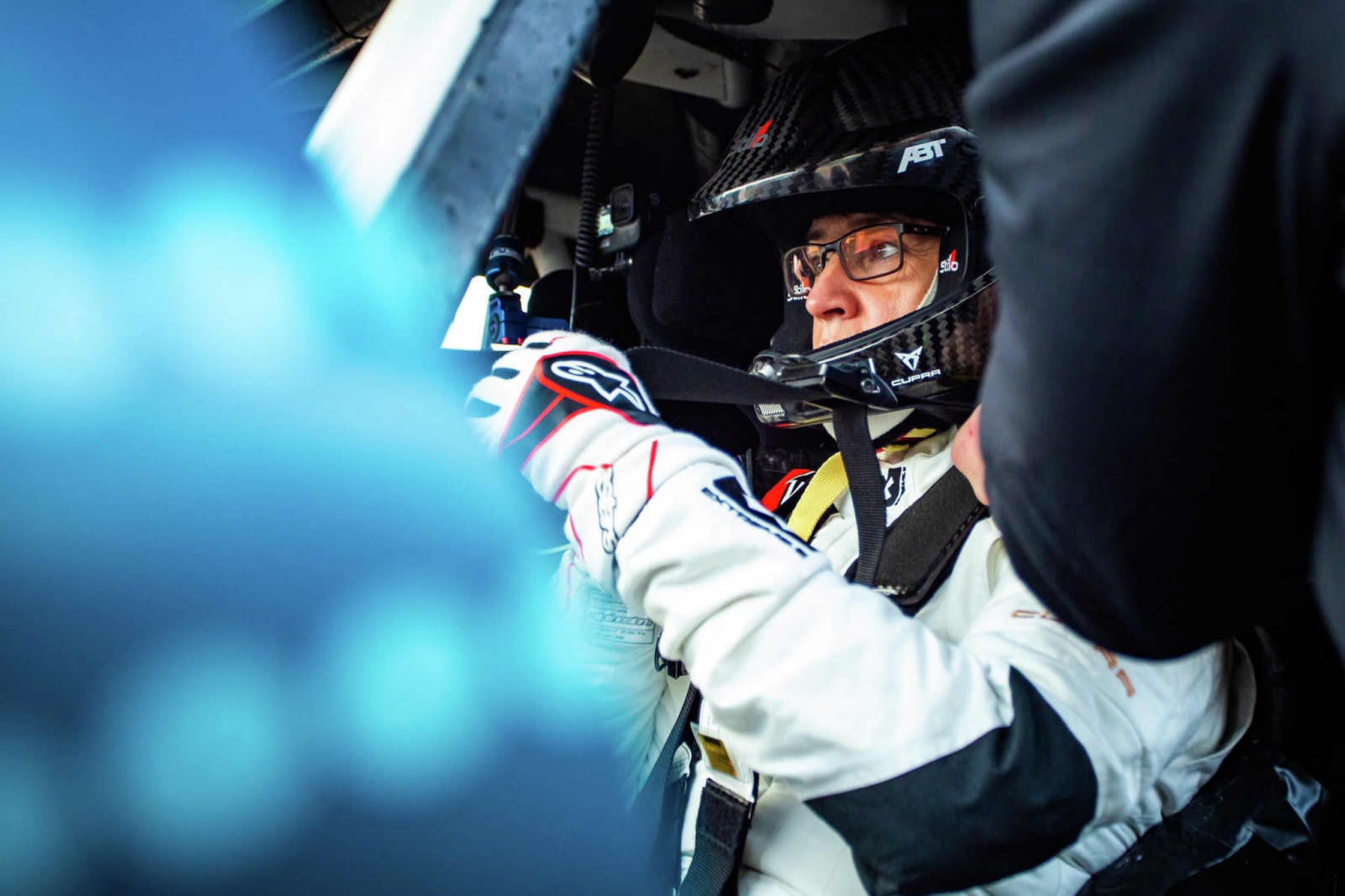
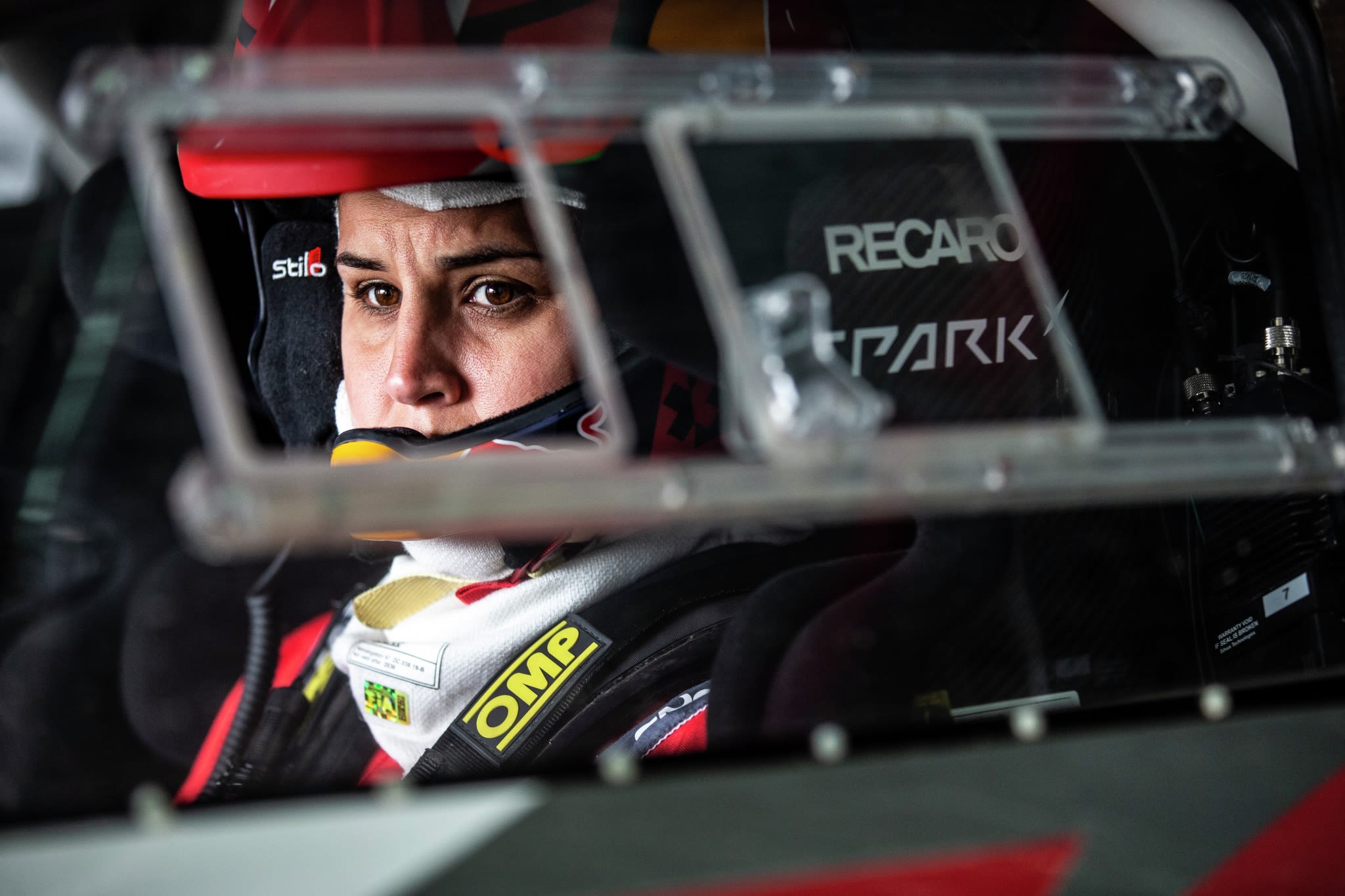

Jenson Button
Jenson Button

Jamie Chadwick
Jamie Chadwick

Sébastien Loeb
Sébastien Loeb

Carlos Sainz Sr
Carlos Sainz Sr

Claudia Hürtgen
Claudia Hürtgen

Laia Sanz
Laia Sanz
Agag is also as diplomatic as you’d think for a former politician on the issue of ‘sportswashing’, which is bound to come up given Extreme E’s opening event is due to take place in Saudi Arabia. Other sports like Formula 1 and boxing have drawn criticism for hosting or planning to host events in the country despite its human rights record, but the ex-MEP is undeterred.
“Saudi Arabia is the energy capital of the world and racing there is an opportunity to support the move from fossil fuels to renewables,” he says.
“It’s important for Extreme E to take everyone on this journey to tackle climate change. We share a common goal to tackle the biggest challenge the human race has had to deal with – the climate crisis.”
But above all, Agag is eager to see the culmination of what he and Gil de Ferran envisioned some two and half years ago. Extreme E was supposed to start in January, then in March, but Agag is keen to ensure its latest postponement is its last.
“We’re all very excited. So much hard work has gone into getting to this point, but now our floating centrepiece [the RMS St Helena] has departed the UK and it all feels very real,” he says.
“The first race weekend is going to be incredible. We, like the rest of the world, have faced some unexpected challenges with the COVID-19 pandemic, but we’ve persevered and taken the necessary precautions and we’re confident our events will go ahead.”